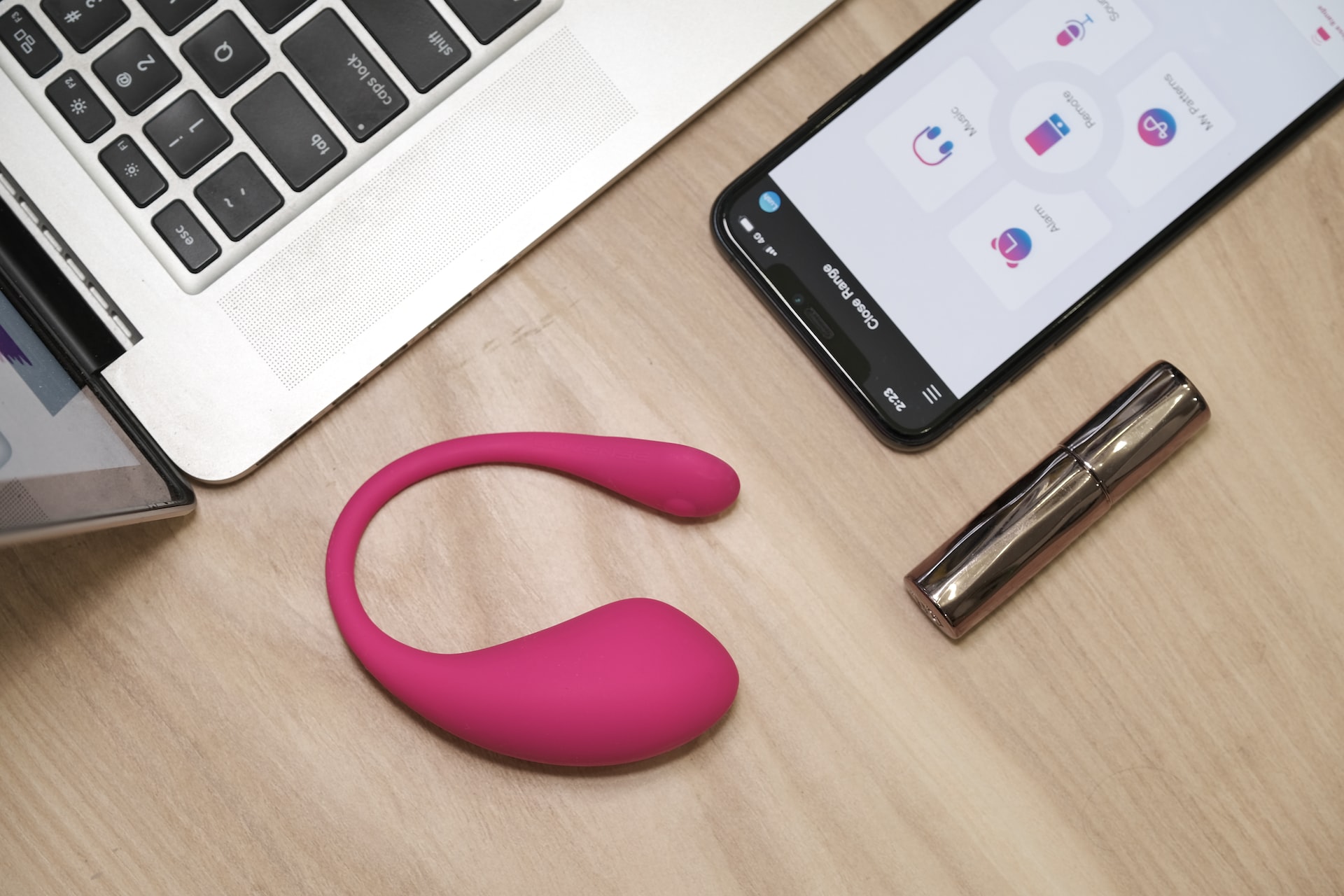Many of us would agree that Perth is expensive in many respects. Coffee, food, beer, real-estate, it all feels expensive. And if you are an employer or responsible for making hiring decisions, you may feel this is particularly true when it comes to employing certain types of people/skills.
You are not alone.
The goal of many businesses is to improve profitability, but when it comes to employees, it is not often not possible for an employer to simply reduce salaries in order to reduce costs – a business needs to remain competitive by attracting, engaging and retaining the right talent, and that costs money.
The alternative is to get more out of your employees. This often sounds simple enough; however, many companies have fallen into the trap of asking too much of their team members, driving them into the ground, which often leads to turnover. Turnover is expensive.
However, productivity in Australia is a problem. A recent study placed Australia behind 49 other countries in terms of productivity (out of 51 countries), and when you add the high cost of labour, this is a double whammy for employers. However, it is possible to create and nurture the conditions for optimal workplace productivity.
Clever leaders know that they need to achieve the right balance between what is good for the employee, and what is good for the company, to achieve optimal productivity. But what is the right balance?
We use a simple but effective model for our clients who are looking to optimise workplace productivity.
Optimal productivity is about balancing three key things –
- The right organisation design
- The right person-role ‘fit’, and
- Providing the right employee experience
Research shows that companies who can achieve this achieve higher employee performance, higher customer satisfaction, and higher profits.
For companies who are unsure how they are performing across these three areas, a short and simple exercise we call the Workplace Productivity Pulse can determine this. Companies can then use a tool such as this every 6 months (it takes employees less than 5 minutes to complete) to track and monitor progress. It is an early warning system to avoid problems that will ultimately affect profitability.






































